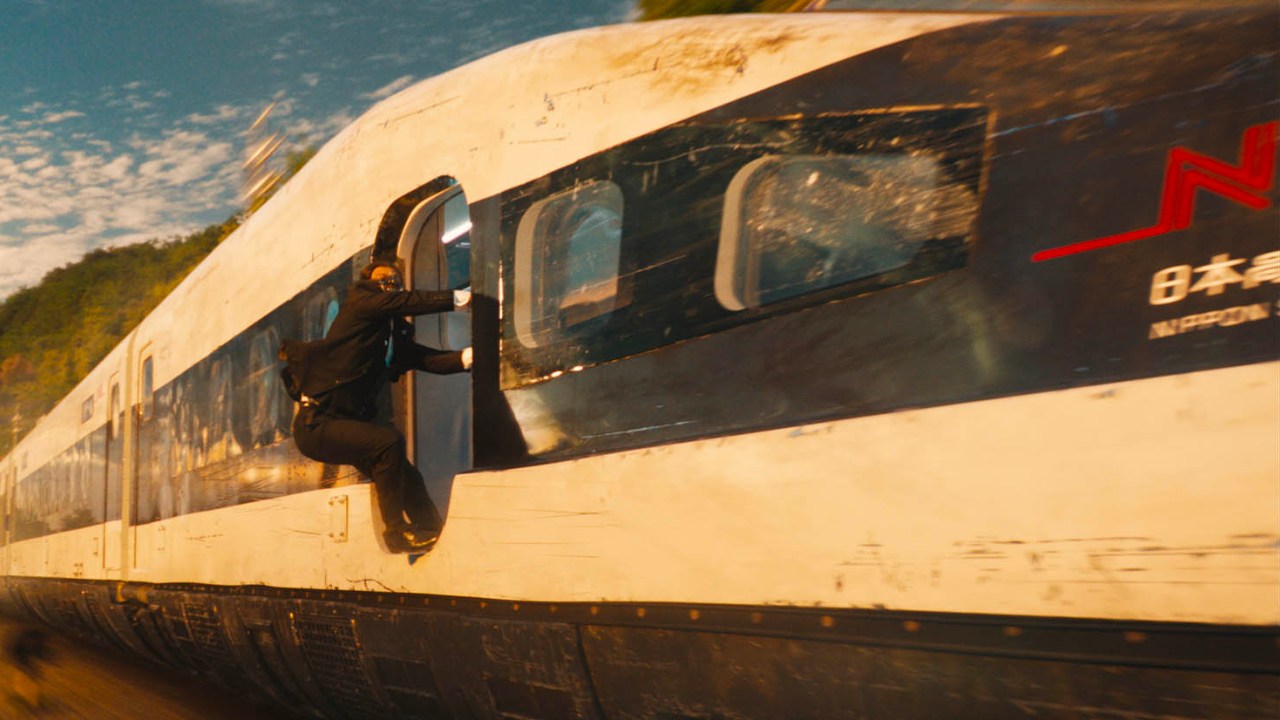We have always seen that in action movies, bullets are thrown around from a speeding vehicle and how enjoyable it is to watch this. In this content, let’s look at what can happen on a train traveling at the same speed as the bullet we will shoot.
A train traveling at 1000 km per hour and a bullet coming out of a gun at the same speed… What do you think might happen in such a situation?
If we fasten our seat belts, let’s hop on the train and Let’s get ready to shoot!
We can think of three possible scenarios for shooting from a train.
Let’s assume in the first possibility that the train is not moving. If we fire the gun from the front compartment when the train is stationary, The bullet moves away from us at a speed of 1000 km per hour.
In fact, this is one of the consequences of Newton’s first law of motion. This is ultimately; Unless there is an external force, an object in motion remains in motion. The motionless object continues to remain motionless.
Of course, this is an assumption and we assume that there is no air resistance in such a possibility. In other words, in such a case, the bullet does not show any slowing motion and besides Returns from rifle, pistol or any weapon.
Now let’s start moving the train at 1000 km per hour and see how this will affect the bullet fired.

In the first case, we were traveling on a stationary train and the relative speed between us and the train was zero. But now the train is moving at a speed of 1000 km and this It means that we also have a speed of 1000 km.
calculate this The relative speed between us and the train becomes zero again. In other words, the bullet appears completely normal to us as it moves forward. But when we look from the perspective of an observer, the situation completely changes.
This time, to a person standing motionless on the ground outside the train, the bullet appears to be traveling at 2000 km per hour. In addition, since the person is not standing on the train but on a lower ground, the relative speed between him and the train is 1000 km per hour. Again, the speed of the bullet relative to the train is 1000 km per hour. Thus The speed of the bullet relative to the ground is 2000 km per hour in total.
What if we fire the gun against the direction of the train?
In this case, to someone standing motionless on the ground, The velocity of the bullet appears to be zero. This is because when the bullet and the train move at equal speed but in opposite directions, the resultant relative velocities of the two cancel and become zero.
Someone watching us like this, can easily see that we are aiming and pulling the trigger but to him the bullet does not move and appears to fall straight down. But of course this is a thought experiment.
Even if in real life the bullet can travel at 1000 km/h in the opposite direction, It takes time to reach this speed. In short, the bullet will not reach its final speed when the trigger is pulled.
RELATED NEWS
Can we illuminate our path when we turn on the headlights of a car traveling at the speed of light?
RELATED NEWS
